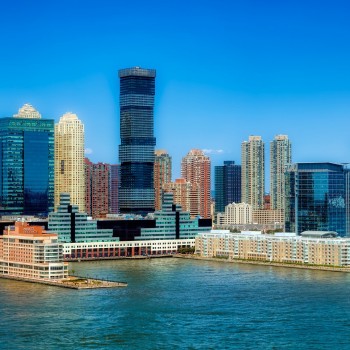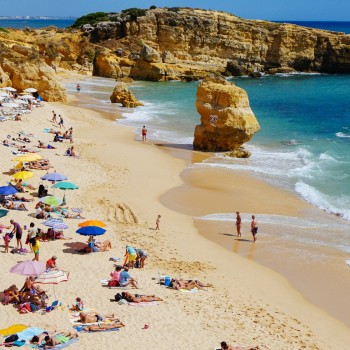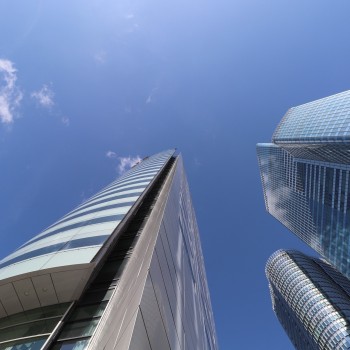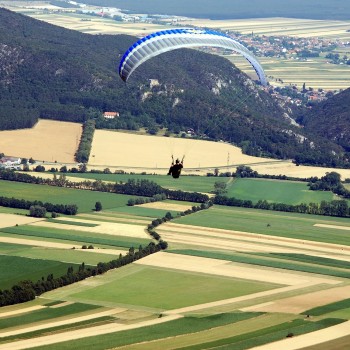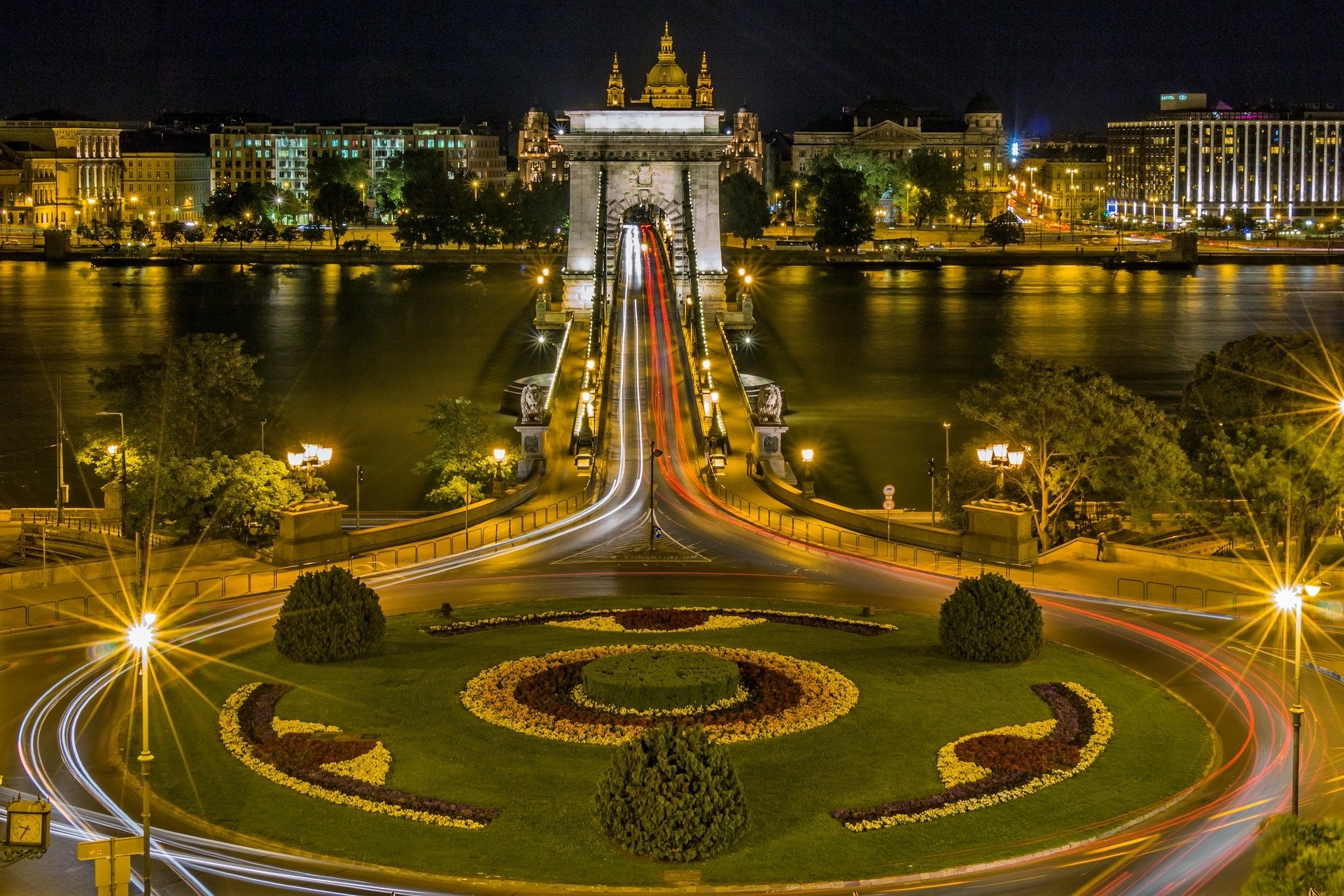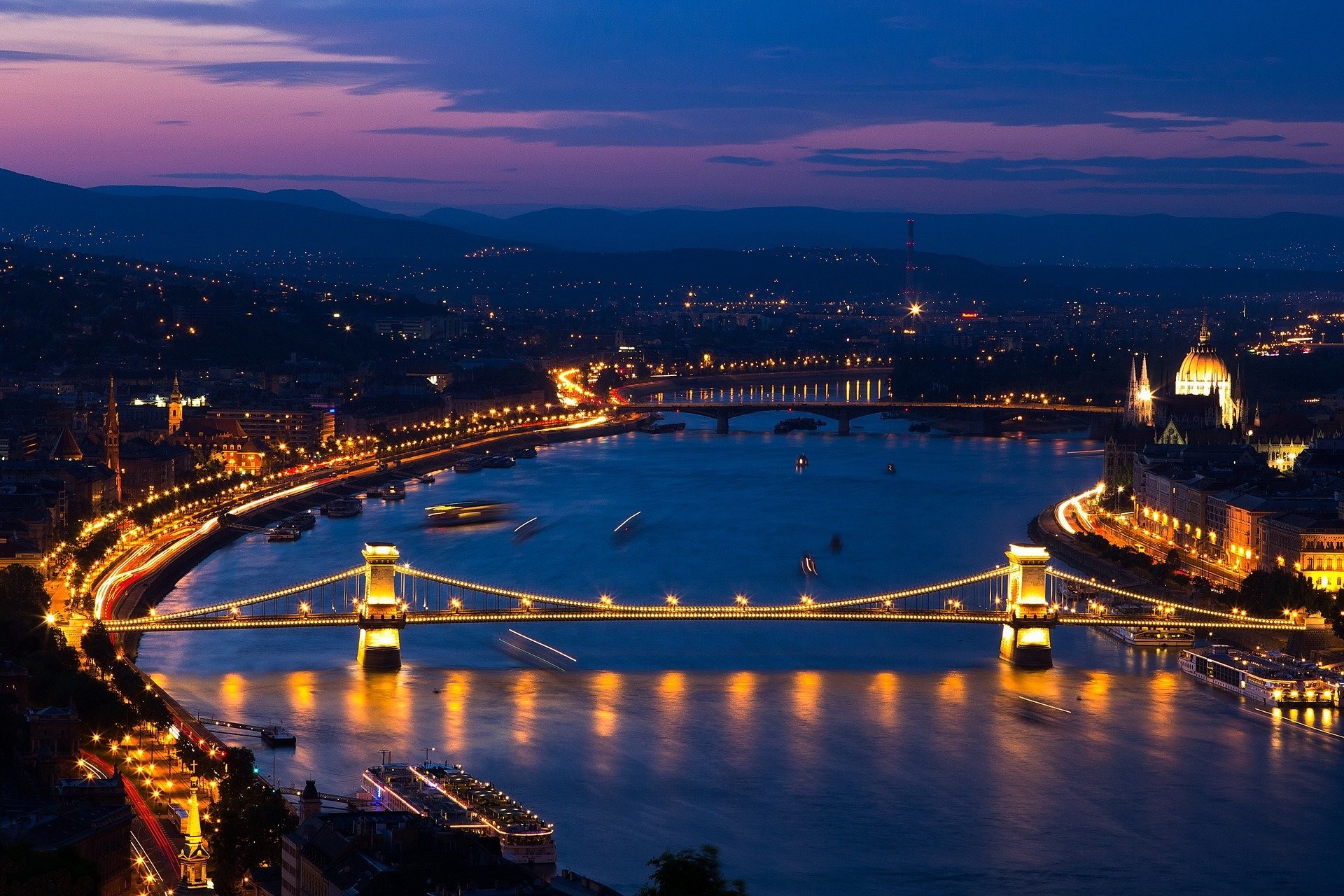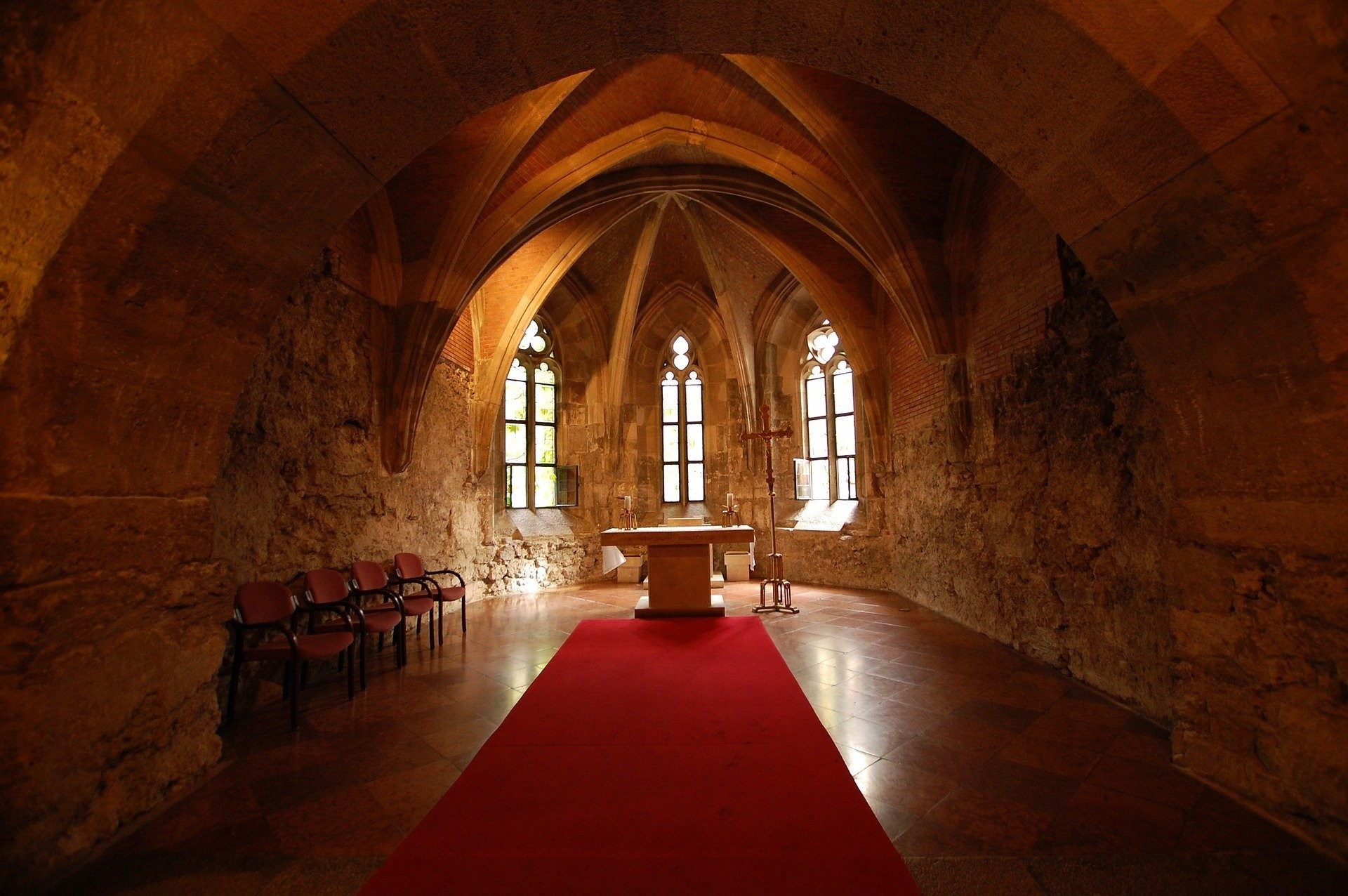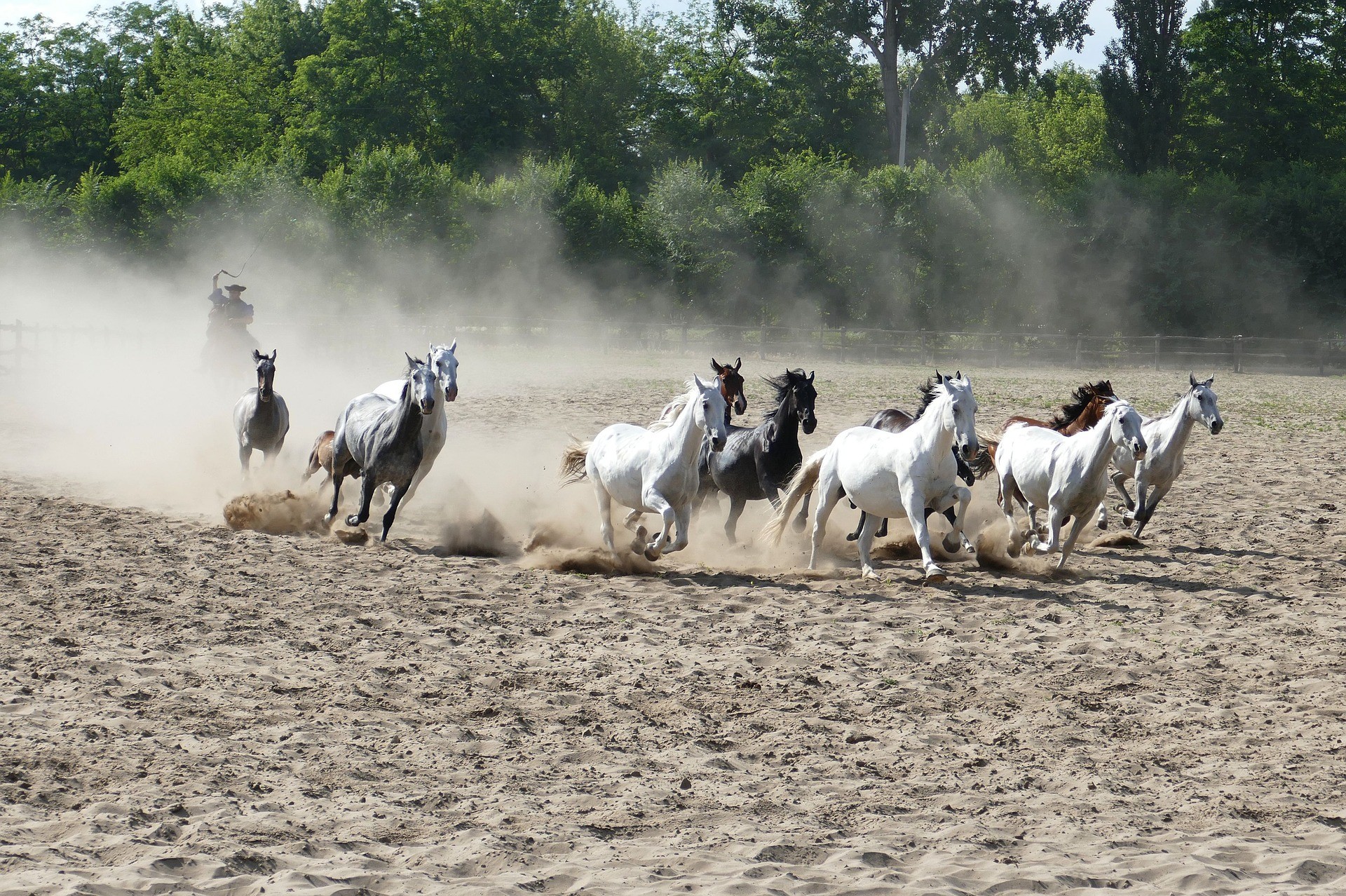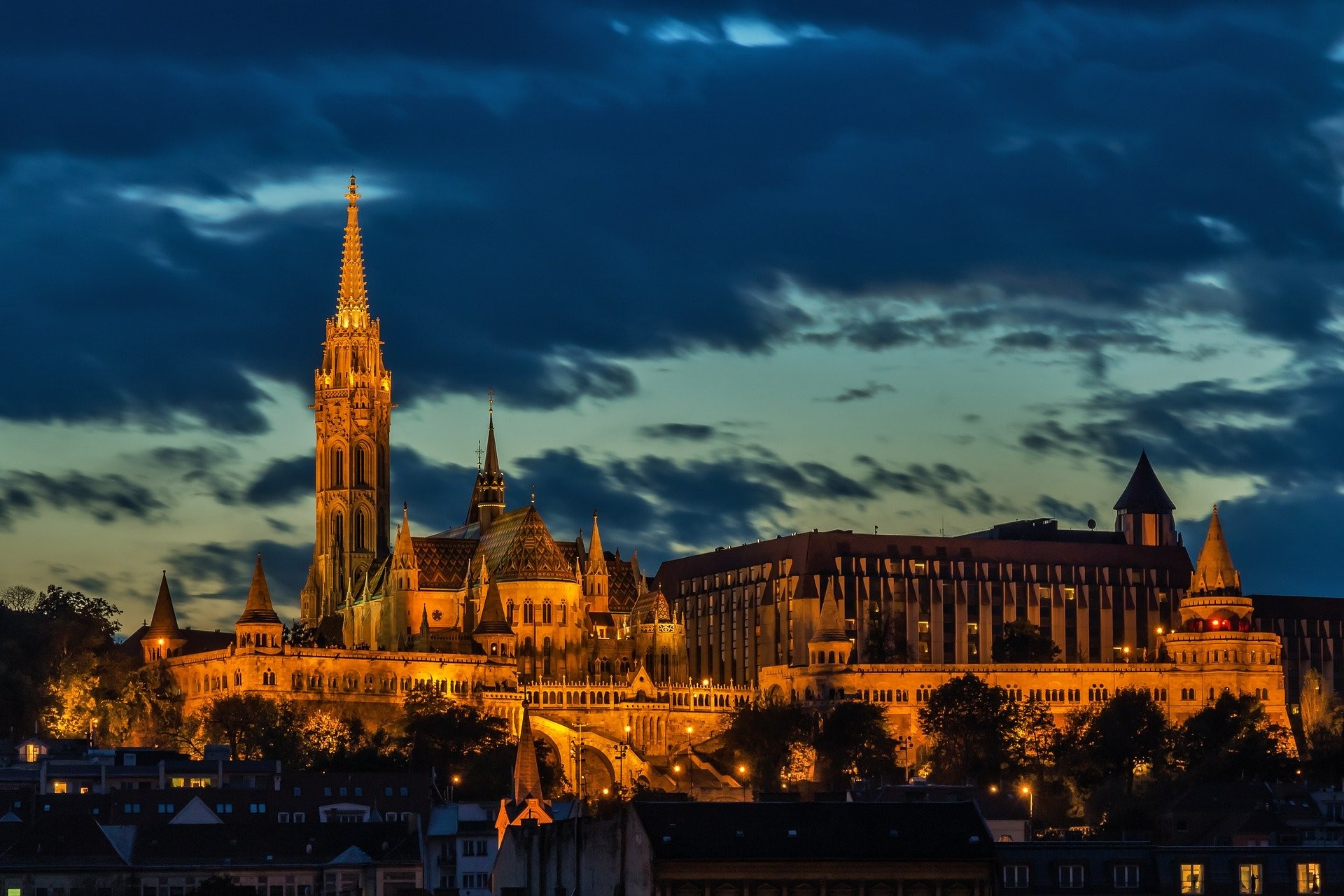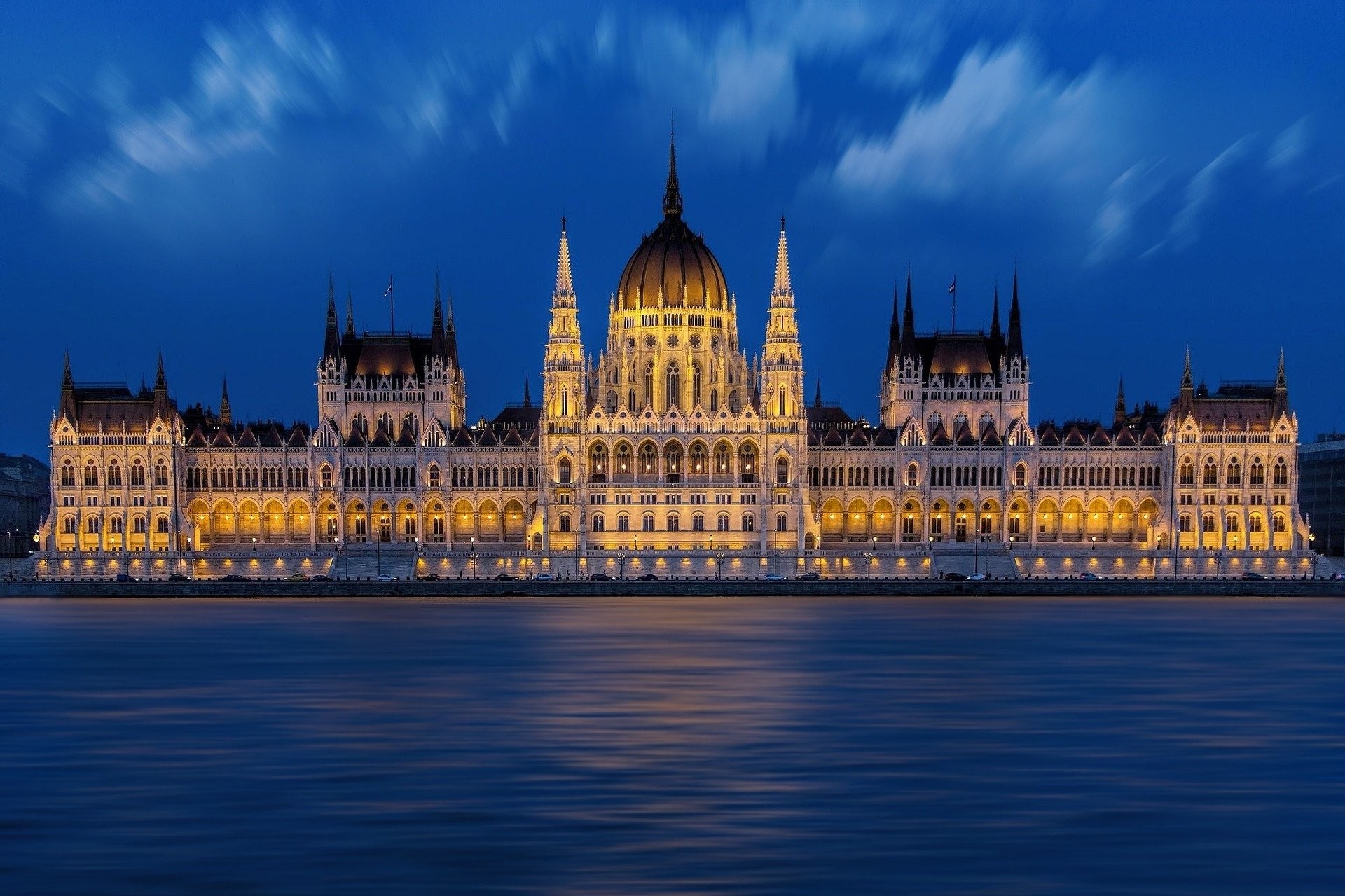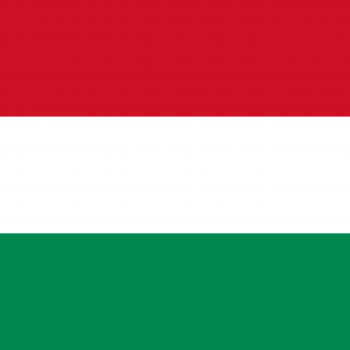Hungary
Hungary
Capital city description
Budapest is the Hungarian capital city; it is one of the largest and most stunning cities in Europe. Budapest houses to the national government. The Sándor Palace in District I of the city is the residence of the President of Hungary. The Hungarian Parliament serves as the office of the country's Prime Minister. It is located in District V and also seats the National Assembly. The government ministries are scattered throughout the city, with most situated in District V. The nation's highest courts are also located in the town.
Furthermore, the city is a major center for banking and finance, real estate, retailing, trade, transportation, tourism, new media, traditional media, advertising, legal services, accountancy, insurance, fashion, and the arts in Hungary regionally. Budapest is home not only to almost all national institutions and government agencies but also to many domestic and international companies,
Climate
Hungary experiences a continental climate in the east, a maritime climate in the west, and a Mediterranean maritime climate in the south. The average temperatures and precipitation correspond mainly to a continental climate. That means warm summers and cold winters.
- Spring: March to May
- Summer: June to August
- Autumn: September to November
- Winter: December to February
Languages spoken
Hungarian is the official and widely spoken language of Hungary. At the same time, English and German are Hungary's most spoken foreign languages.
Fun/Fascinating Facts
- In Hungary, you can only name your child after approval from the government. You can pick a name from the extensive list provided. However, Suppose a mother or father wants to name their child a name, not on the list. In that case, they have to apply to the Research Institute for Linguistics of the Hungarian Academy of Sciences and hope it gets approved.
- Hungarians love Paprika so much; it is their National Spice. Paprika is made out of ground dried peppers, which refuse to grow anywhere other than Hungary. The love of Paprika is so great; there are two museums dedicated to the beautiful spice. Eight Hungarian paprika grades range from mild to sweet to spicy hot.
- Clinking beer glasses is considered rude in Hungarian. According to the legend, when the 1848 Hungarian revolution against the Habsburgs was defeated, 13 Hungarian generals were executed, with the Austrians clinking their beer glasses after each execution. After this, Hungarians vowed not to cheer with the beer.
- Hungary is just one of the oldest regions in European countries.
- Most people in Hungary use their last name when writing or when introducing themselves to the public. Using the last name is common practice.
Unique Customs/Traditions
- In Hungary, it is customary for men to walk on the left side of women; Seemingly because in the past, gentlemen kept their swords on the left side, and women had to be on the opposite side of the sword. A Hungarian man first enters a pub, restaurant, coffeehouse, or another public establishment.
- It is a Hungarian tradition to throw water or spritz perfume on women at Easter. It’s said to help the woman’s fertility.
- Hungarians love lentil stew, but it’s a tradition to eat it on New Year’s Day. Basically, for Hungarians, the reason to eat lentil stew on January 1 is so that you’ll be beautiful and rich all year long.
- Hungarian people tried to chase the winter away by wearing frightening costumes during February. This custom is the so-called Busójárás. People think if they frighten the winter, the spring will come earlier.
- Traditionally, Hungarian celebrates Luca day on December 13. This is also called the day of the wicked because people thought witches were more active than usual; that’s why women were forbidden to work on Luca day.
Popular universities
| Name | Description | |
|---|---|---|
| Eötvös Loránd University (Eötvös Loránd Tudományegyetem) | Eötvös Loránd University (Eötvös Loránd Tudományegyetem) is a public research university based in Budapest, founded in 1635. The university has eight faculties: Natural Sciences, Informatics, Law and Political Sciences, Humanities, Social Sciences, Education and Psychology, Elementary and Nursery School Teacher Training, and the Bárczi Gusztáv Faculty of Special Education. Eötvös Loránd University is internationally recognized, and the Hungarian Accreditation Board accredits its programs. | |
| Central European University (Közép-Európai Egyetem) | Central European University (Közép-Európai Egyetem) is a non-profit private higher education institution located in the urban setting of the metropolis of Budapest, founded in 1991. The university focuses on interdisciplinary and comparative research on social change, the study of transition models to open societies, and the analysis of non-Western democracies. Central European University accredited in the United States and Hungary, providing postgraduate training in the social sciences, humanities, economics, and law. | |
| Budapest University of Technology and Economics (Budapesti Muszaki és Gazdaságtudományi Egyetem) | Founded in 1782, Budapest University of Technology and Economics (Budapesti Muszaki és Gazdaságtudományi Egyetem) is one of the largest higher educational institutions in engineering in Central Europe. The university is a non-profit public higher education institution located in the urban setting of the metropolis of Budapest. The university holds an international reputation for excellence in engineering. The Faculty of Transportation Engineering and Vehicle Engineering aims to be the scientific center in transportation engineering, vehicle engineering, and logistics engineering. | |
| Semmelweis University (Semmelweis Egyetem ) | Semmelweis University (Semmelweis Egyetem ) is a non-profit public higher education institution located in the urban setting of the metropolis of Budapest, established in 1769. The university offers academic programs that provide extensive and solid theoretical knowledge and competitive practical skills in medicine, dentistry, pharmaceutical sciences, health sciences, and conductive education. The diplomas issued at the university are officially recognized in the European Union and many other countries worldwide. | |
| Corvinus University Of Budapest ( Budapesti Corvinus Egyetem) | Corvinus University Of Budapest ( Budapesti Corvinus Egyetem) is a public institution of higher education founded in 1920. The university offers educational programs in business administration, economics, and social sciences. Corvinus University accepts students at six faculties and offers courses leading to bachelor, master, and doctoral degrees in specializations taught in Hungarian, English, French, or German. | |
| Pázmány Péter Catholic University, Budapest (Pázmány Péter Katolikus Egyetem) | Pázmány Péter Catholic University, Budapest (Pázmány Péter Katolikus Egyetem) is a private nonprofit higher education institution in Hungary, founded in 1635. The University offers courses and programs leading to officially recognized higher education degrees such as bachelor's degrees, master's degrees, doctorate degrees in several areas of study. | |
| Óbuda University ( Óbudai Egyetem) | Founded in 2010, Óbuda University ( Óbudai Egyetem) is a non-profit public higher education institution located in the metropolis of Budapest. The University offers courses and programs leading to officially recognized higher education degrees such as bachelor's degrees in several areas of study. Óbuda University has excellent conditions for world-class research and education, a multi-cultural flair in labs and lecture halls, and the active promotion of international partnerships. The University is a leading institution and an attractive, international place for study and research for many people. | |
| Liszt Ferenc Academy of Music (Liszt Ferenc Zenemuvészeti Egyetem) | Founded in 1875, Liszt Ferenc Academy of Music (Liszt Ferenc Zenemuvészeti Egyetem) is a non-profit public higher education institution located in the urban setting of the metropolis of Budapest. The university offers courses and programs leading to officially recognized higher education degrees such as bachelor's degrees, master's degrees, doctorate degrees in several areas of study. | |
| National University of Public Service (Nemzeti Közszolgálati Egyetem) | National University of Public Service (Nemzeti Közszolgálati Egyetem) is a non-profit public higher education institution located in the metropolis of Budapest. The University offers courses and programs leading to officially recognized higher education degrees in several areas of study. The National University of Public Service also provides academic and non-academic facilities and services to students, including a library and administrative services. | |
| Budapest Metropolitan University of Applied Sciences (Budapesti Metropolitan Egyetem) | Founded in 2001, Budapest Metropolitan University of Applied Sciences (Budapesti Metropolitan Egyetem) is a for-profit private higher education institution located in the urban setting of the metropolis of Budapest. Offers courses and programs leading to officially recognized higher education degrees such as bachelor's degrees master's degrees in several areas of study. The university focused on Communication and Media studies, Business, Economics and Marketing, Tourism and Hospitality, and Applied and Media Arts. | |
Festivals & Events

Hollókő Easter Festival
Date: April
Hollókő Easter Festival is one of the oldest traditional fold festivals celebrated in the country. The people gather together and celebrate the festival with several folk art performances, such as folk singing, dancing, and some showcases of the lively arts and crafts made by the local people.
During the festival, village residents dress in traditional costumes, and Easter Monday sees the tradition of Locsolkodás. Men throw buckets of water over women in return for shots of pálinka.
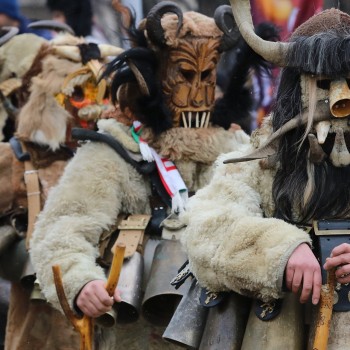
Busójárás
Date: 24th Feb – 1st March
Every year in February, in the town of Mohács, Baranya county, Hungary, the locals celebrate Busójárás in honor of welcoming the carnival season, and also to send off the winter and welcome the spring season in Hungary. Traditionally, the Hungarian men wear scary-looking masks during the festival and go all around the town as they sip on Palinka, the favorite local beverage.
During the night of the festival, a manmade straw is carried by cart into the center of town and then burned in a bonfire while the townspeople hold hands and dance the kolo in a circle around the blaze.
.jpg)
Budapest Festival Of Folk Arts
Date: 24th Feb – 1st March
Budapest Festival Of Folk Arts celebrates the local folk talent in arts & crafts, performing arts, and food & drink every August. Many participants from across the country and a few international guest appearances join the festival showcasing their crafts and skills.
Budapest hosts numerous workshops for arts and crafts duirng the festival. Many food stalls sell tasty snacks and the local favorite palinka to drink.
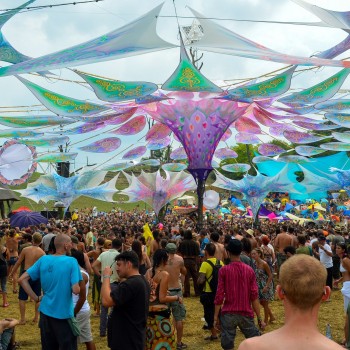
OZORA Festival
Date: First week of August
OZORA Festival is the most incredible psychedelic Tribal Gathering and one of the world's most significant psychedelic trance festivals in Hungary that draws thousands of tourists every year.
The festival features hundreds of musical artists from rising talent to world-renowned such as Ace Ventura, Earthlings, Braincell, Tristan, and other top trance artists performing across six unique stages. There are also a variety of workshops, lectures, art installations, dance and circus performances, markets, and more.

Balaton Festival
Date: June or July
Undoubtedly, one of the biggest open-air electronic music festivals in Europe is the Balaton Festival. Held annually during June or July in Zamárdi, Hungary, the festival features some of the top music artists and DJs globally, from EDM, electronic music, pop, rock, hip-hop, and more.
The festival's sponsors create luxurious chill-out facilities with hammocks, bean bags, and easy chairs. Visitors to Balaton Sound can stay at a unique campsite with several pubs, cocktail bars, and restaurants.

Summerfest International Folklore Festival
Date: August
Established in 1987, Summerfest International Folklore Festival was organized to celebrate the different forms of talent worldwide, held in various parts of the country at the same time.
Many spectators from different countries flock to this festival to join and show their exceptional skills and crafts in dancing, singing, theatre arts, and other forms of arts and crafts. The celebrations end with a boat parade.

Paprika Festival
Date: May
Paprika Festival is a youth-led professional performing arts organization that runs year-round professional training and mentorship programs that culminate in young artists' performing arts festival of new work.
The unique Paprika festival combines traditional folk art to preserve and promote the area's heritage; the festival hosts exciting activities, including a craft fair, cooking competitions, wine, pálinka tastings, and more. It is an enjoyable festival with lots of exciting events and good food.
.jpg)
Tihany Lavender Festival
Date: June
The Tihany Lavender Festival in Hungary, held in June, is celebrated to recognize the bloom of the beautiful flower and lavender harvest. It is a magical time when the flower's scent fills the air, and the green fields are suddenly filled with a lovely shade of purple all around. The festival includes a flower show, a crafts playhouse, and a folk art fair.
Attractions / Top Sights
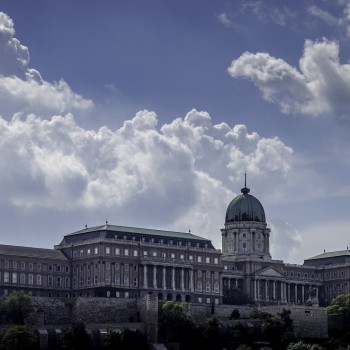
Buda Castle, Budapest
When to visit: May, June and September
Built between the 14th–20th centuries, the magnificent Buda Castle in Budapest, known as the Royal Palace, sits on the southern tip of Castle Hill, surrounded by the touristic area known as Várnegyed (Castle Quarter), which is famous for medieval, Baroque, and Neoclassical houses, churches, public buildings, and monuments.
The Castle is home to several cultural institutes, including the Hungarian National Gallery and the Budapest Historical Museum.

Lake Balton
When to visit: April to October
The largest lake in Central Europe, and one of the region's foremost tourist destinations, most commonly known as the Hungarian Sea, Lake Balaton offers panoramic views and exciting activities. The famous Lake Balaton is surrounded by many beautiful resorts such as Siófok, Keszthely, and Balatonfüred, and the famous Zamárdi.
The resort Zamardi has hosted many enormous summer events such as electronic music festivals since 2007. Balatonkenese has hosted numerous traditional gastronomic events. Siófok is known for attracting young people because of its large clubs. Keszthely is the site of the Festetics Palace, and Balatonfüred is a historical bathing town that hosts the annual Anna Ball.

Hungarian Parliament Building
When to visit: May, June and September
One of Hungary's most famous tourist spots is the majestic Hungarian Parliament Building, also known as the Parliament of Budapest. The intricate design of the House attracts thousands of visitors, the fantastic floor plan is Baroque style, the facade draws on the Gothic style, and the ceiling bears traits of the Renaissance. The wing parallel to the Danube is 268 meters long, and the building is 123 meters at its widest point. The tower of the dome is 96 meters tall.
One of the notable features of the building is the unique design of the central hall, with huge chambers adjoining it: the Lower House and the Upper House.

Hortobagy National Park
When to visit: May, June and September
When to visit: https://www.hnp.hu/en
Hungary’s first UNESCO World Heritage site, Hortobagy National Park, is Europe’s most extensive semi-natural grassland. It’s home to various types of flora and fauna, 342 species of birds, and animals such as Hungarian Grey cattle and water buffalo.
It houses the Hortobagy Wild Animal Park, Lake Tisza Boardwalk, and the Dark Sky Park, which offer fun and exciting activities for visitors to enjoy while exploring more about the park’s rich wildlife.
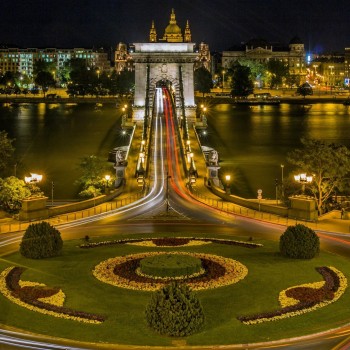
Danube River
When to visit: September, November and October
When to visit: https://www.danube-cycle-path.com/
The second-longest river in Europe, the stunning Danube River, flows through Hungary from north to south and Budapest. The river offers the perfect sunset view, a favorite site for locals from the Freedom Bridge. Other great places to view this majestic river are at the Danube Bend, one of the country's most popular recreational and excursion spots.
In addition, the area is famous with hikers and nature lovers and is included in the many excellent river cruises that travel the Danube from as far as neighboring Austria. Furthermore, the Danube Cycle Path is a famous way for active travelers to see the river through the hills between Budapest and Vienna. The cycle path provides excellent conditions for all kinds of cycling, from leisurely-paced cycling to even road cycling. The cycleway is perfect for solo travelers, families, and more prominent cyclists alike.
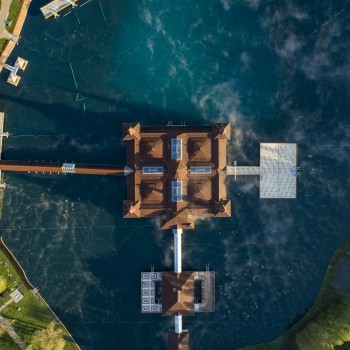
Lake Hévíz
When to visit: April to September
When to visit: https://www.heviz.hu/en/lake-heviz/lake-bath-heviz/curiosities-of-lake-heviz
Located close to the town of Heviz in Hungary, near the western end of Lake Balaton, one of the most famous spa hubs is Lake Hévíz. This stunning spot is the second-largest biologically active thermal lake in Europe, with 47,500 square meters of surface area. The water is rich in carbonic acid, sulfur, calcium, magnesium, hydrogen carbonate, and even slightly radioactive substances that are believed to have medicinal properties.
Beautiful water lilies surround the lake, brought to Hungary at the end of the 19th century, supporting the rich ecology. A beautiful wooden bathhouse constructed in the 18th century is at the lake's center, perfect for relaxing while enjoying the stunning view of the lake.

Tokaj Wine Region
When to visit: In Spring
A UNESCO World Heritage Site, the Tokaj wine region is one of Hungary’s most renowned wine regions and a perfect place for wine lovers located in northeastern Hungary and southeastern Slovakia.
It is home to the famous Tokaji aszú – a sweet dessert wine famous with royalty. Aside from the famous Tokaji aszú, the area is also known for its furmint and yellow muscat grapes used in white wines.

Esztergom Basilica
When to visit: In Spring and Autumn
Built in 1507, Primatial Basilica of the Blessed Virgin Mary Assumed Into Heaven and St. Adalbert, also known as Esztergom Basilica- the breathtaking structure in Esztergom, Hungary. Notable features include its epic altarpiece, a nearly 14-meter-long artwork of the Assumption of the Blessed Virgin Mary that holds the world's largest painting. Other exceptional artworks have Hungary's most noteworthy collection of Renaissance-era images.
The Basilica is also home to Hungary's largest organ. This impressive instrument boasts pipes as long as 11 meters, built in 1856.


